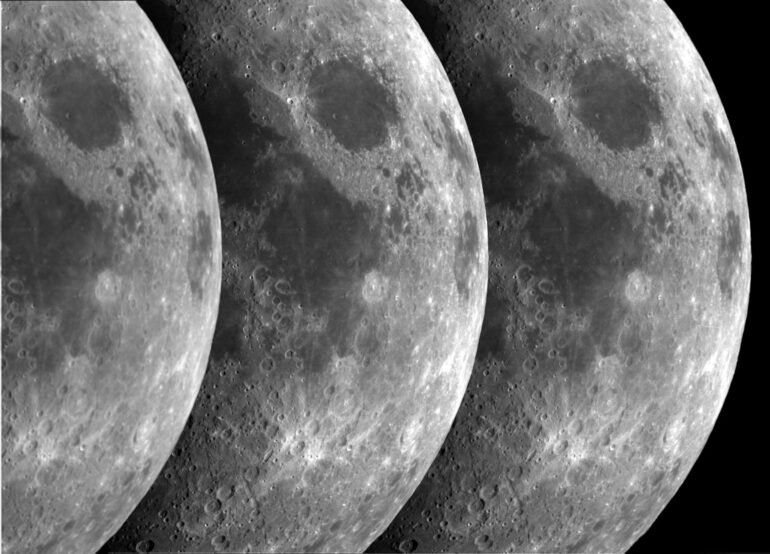NASA’s Artemis program aims to return humans to the Moon for the first time in more than 50 years, with the first human landing currently scheduled for 2025. This goal is not just technically ambitious, but it’s also politically challenging. The Artemis program marks the first time since the Apollo program that an effort to send humans to the Moon has been supported by two successive U.S. presidents.
As a scholar of international affairs who studies space, I’m interested in understanding what allowed the Artemis program to survive this political transition where others failed. My research suggests that this program is not just about advancing science and technology or inspiring the public. It also offers practical benefits for the commercial sector and the military and an opportunity to reinforce U.S. global leadership.
Commercial interest in the Moon
Several companies around the world, including both startups and established aerospace firms, have begun working on missions to the Moon. Some, like Japan-based iSpace and U.S.-based Astrobotic, are developing commercial lunar landers and have plans to eventually collect lunar resources, such as water or minerals.
NASA is planning to return to the Moon with Artemis missions. This video describes where on the Moon they may land, and how they’ll decide.
For now, efforts to return to the Moon are largely funded by government space agencies, like NASA or the European Space Agency. However, many experts talk about the growth of a “cislunar economy,” where companies make money through their activities in and around the Moon.
Expert studies suggest that it will be decades before many activities – like mining lunar resources or collecting solar energy on the Moon – will generate profits. But in the meantime, government space programs can leverage commercial innovation to cut costs, spur innovation and accelerate their programs. And some commercial activity, such as lunar tourism, may be profitable in the near future. SpaceX has already sold one trip to the Moon, tentatively scheduled for launch in 2024.
Companies entering the market early may have an advantage. Crowding is unlikely to be an issue in the near term – the Moon has a surface area roughly equivalent to the entire Asian continent. Even at the poles, multiple sites offer access to both water ice and solar illumination.
However, the first companies on the Moon may set precedents for the extent of lunar mining allowed, as well as the safety and sustainability protocols that others coming later may follow. The United Nations has established a working group to examine the legal issues related to using space resources, but it won’t finish its first set of proposed principles until 2027. In the meantime, commercial entities are already attempting to land on the Moon.
Military interest in the Moon
In 2020, the head of the U.S. Space Force…
